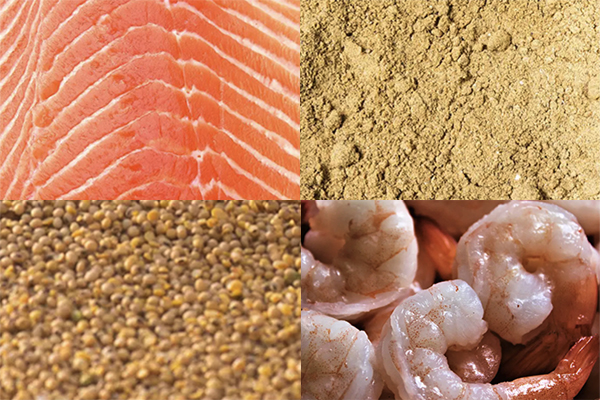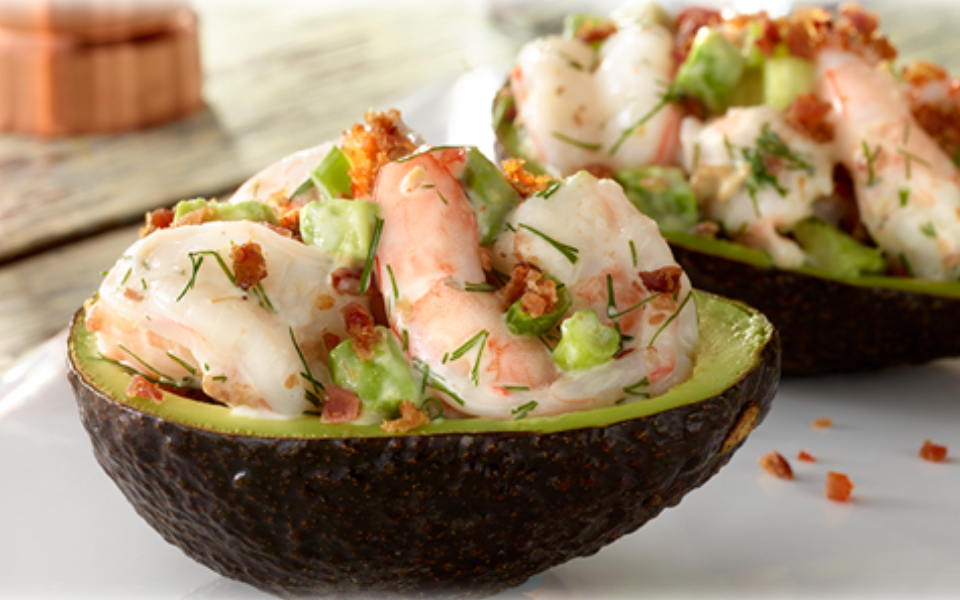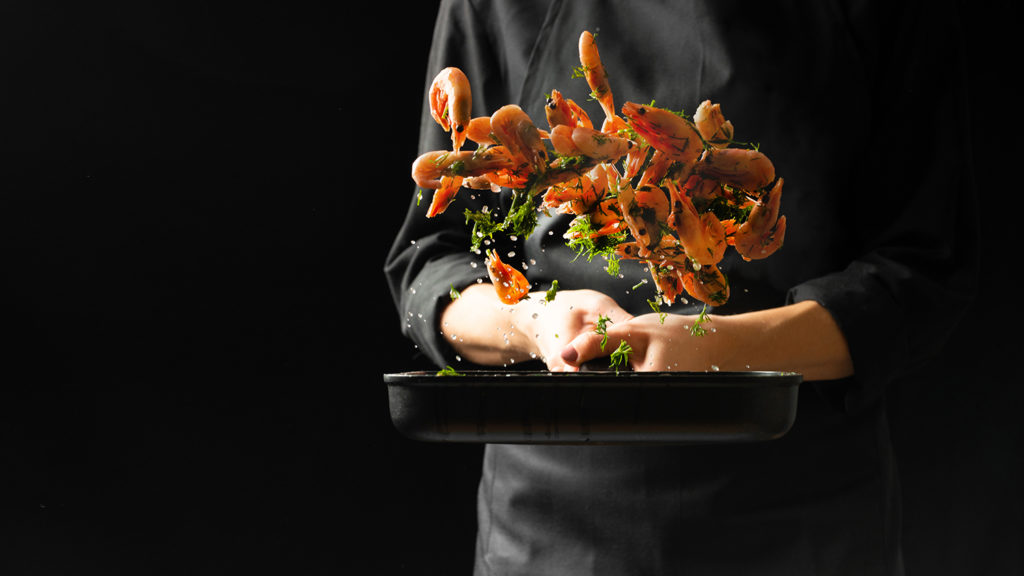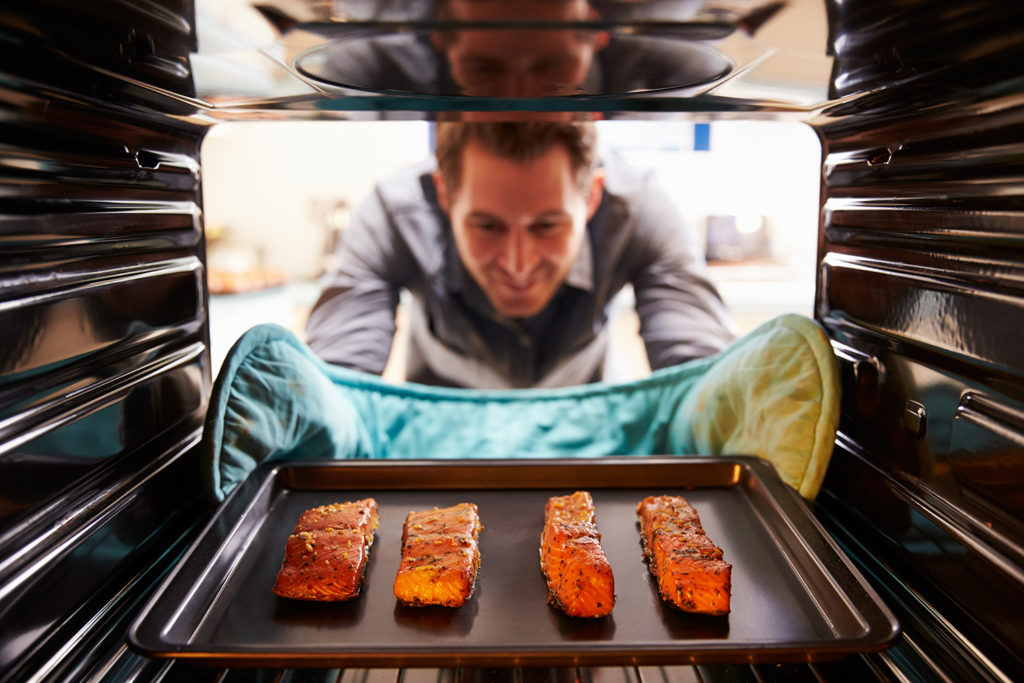Salmon sector to remain profitable in 1H 2024, but low shrimp prices becoming ‘new normal,’ according to bi-annual aquaculture report from Rabobank

The global aquaculture market can expect better supply for salmon and fishmeal in the first half of 2024, but there will likely be no price relief for shrimp farmers, according to a new report from world-leading food and agribusiness analysts at Rabobank.
In its recent report, “Global Aquaculture Update 1H 2024: The New Normal,” the salmon industry is expected to remain the most profitable aquaculture sector in the first half of this year. Gorjan Nikolik, senior analyst at Rabobank, explained that salmon farmers can expect strong profitability due to the relatively high prices (albeit slightly lower than in the first half of 2023) combined with marginally lower feed.
Ensuring a steady supply of salmon and improving the production of fishmeal and fish oil might soften prices, but likely not by much. Instead, it could set a new higher price normal. As for shrimp, the current low prices might stay that way and become “the new normal.”
“In general, there are excellent expectations for salmon, which remains the winning species,” Nikolik told the Advocate. “Shrimp is almost the opposite dynamic of salmon, which has a very elastic supply curve.”
Salmon sector remains strong
After nearly two years of weak supply, global salmon supply is expected to enter a period of structural recovery, primarily due to production in Norway. Canada, the UK and Iceland are also contributing to the supply growth.
“The negative supply that we had in 2021 and 2022 is about to turn positive,” said Nikolik. “The turnaround is going to be in the first half of 2024. A few months ago, the expectation was of higher growth – 3 to 4 percent. But now it looks like it’s going to be 2 percent.”
This is partly due to persistent biological problems in Norway: “Norway had more biological problems than expected in Q3 due to different diseases, such as winter sores,” said Nikolik. “The low harvest weight that we’ve had is not recovering as much as it was supposed to.”
Moreover, Chile – the world’s second-largest producer – will have flat or negative growth due to algal blooms and complications stemming from legislative changes.
“Some companies produced too much in the past, and then with the new legislation, it turned out that they had overproduced,” said Nikolik. “To compensate, they now must underproduce to match what they’re allowed to make.”
Overall, it’s expected that demand for salmon will remain strong in all major markets, with Europe and the U.S. expected to improve demand in 1H of 2024. Given the persistently strong demand that exceeds supply, it’s projected that salmon prices in 1H 2024 will stay high.
Shrimp sector’s struggles to continue
Looking at the shrimp sector, low prices have become the new normal. In the months ahead, the shrimp industry will struggle to stabilize with low prices and weak Chinese import demand.
In China, shrimp demand is likely to be positive in the first half of the year, but the possible high inventory levels create uncertainty about the demand for imported shrimp. Their currency is also a bit weaker, making it harder for shrimp prices to go up.
“We’re in this oversupply situation,” said Nikolik. “Although sluggishly recovering from the Western demand drop, China has now dropped its import demand growth and pushed prices even further down.”
Shrimp supply in the first half of the year should be negative given the low prices. However, continuing supply growth in Ecuador and perhaps India may again postpone a price recovery.
“Ecuador is the big question mark,” said Nikolik. “If they continue their rapid expansion without the demand pull of China, we will go further down into even lower prices. If they would contract, the market would find a bit of balance and maybe have a bottom. But the expectation is they will not contract – they will grow more slowly. So what does that mean? Still lower prices and no real recovery unless China comes back with strong demand.”
Nikolik said it’s tough to predict when the shrimp industry’s outlook will improve. If there’s no reduction in supply, prices will stay low. Even in an optimistic scenario where shrimp supply corrects and improves from below-the-cost levels, a new lower shrimp price equilibrium seems to have been established.
Fishmeal forecast flips
The outlook for fishmeal has “changed completely,” Nikolik said. In 2023, there were severe shortages in fishmeal and fish oil, especially during the first half of the year. Prices for fishmeal increased sharply, and for fish oil, prices reached over 200 percent higher than any previous high point. But with El Niño conditions predicted to weaken in the first half of the year, it’s expected that fishing in Peru will improve.
“Six months ago, we were still worrying about a super El Niño,” said Nikolik. “But the second 2023 season in Peru opened and performed at a medium level with the catch rate at 75 percent. It could have been much worse given the high presence of juveniles in the biomass. The good news is that NOAA [the U.S. National Oceanic and Atmospheric Administration] is now predicting a transition to a neutral environment and possibly even a La Niña in the spring, which means a better first fishing season in Peru starting April 2024.”
As a result, fishmeal is expected to see much better supply, which will help stabilize prices – albeit gradually as inventories are still low and El Niño risks remain.
“One worry is the very high juvenile content in the current biomass, which means many fish are still not growing sufficiently,” said Nikolik. “What if El Niño still lingers and has an impact on the biomass; it may still impact the April fishing season?”
Additionally, alternative commodities like soybean meal have been getting cheaper in 2023, and this trend is likely to continue into the first half of 2024.
“The soybean meal sector has been improving in terms of strong supply,” said Nikolik. “They expect good production. That has changed the outlook, and basically, prices have been coming down since about the second half of 2022.”
Follow the Advocate @GSA_Advocate
Now that you've reached the end of the article ...
… please consider supporting GSA’s mission to advance responsible seafood practices through education, advocacy and third-party assurances. The Advocate aims to document the evolution of responsible seafood practices and share the expansive knowledge of our vast network of contributors.
By becoming a Global Seafood Alliance member, you’re ensuring that all of the pre-competitive work we do through member benefits, resources and events can continue. Individual membership costs just $50 a year.
Not a GSA member? Join us.
Author
-

Lisa Jackson
Associate Editor Lisa Jackson is a writer who lives on the lands of the Anishinaabe and Haudenosaunee nations in Dish with One Spoon territory and covers a range of food and environmental issues. Her work has been featured in Al Jazeera News, The Globe & Mail and The Toronto Star.
Tagged With
Related Posts

Intelligence
Can shrimp follow the avocado example?
Producers of high-quality, sustainable shrimp have a great story to tell. They just need to come together and shout it out like avocado producers did.

Intelligence
Responsible Seafood Summit 2023 blog – the Advocate reports from Saint John
Editors James Wright and Lisa Jackson are in Saint John reporting from the Global Seafood Alliance's Responsible Seafood Summit.

Intelligence
Seafood’s newfound retail popularity has a permanent feel to it
The COVID-19 pandemic has changed seafood in mostly positive ways, according to a retail survey commissioned by the Global Seafood Alliance.

Intelligence
Special report: Retail demand reduces COVID-19 pain for seafood industry
A poll of retailers commissioned by the Global Aquaculture Alliance (GAA) finds a brighter future for the seafood industry in the wake of COVID-19.


